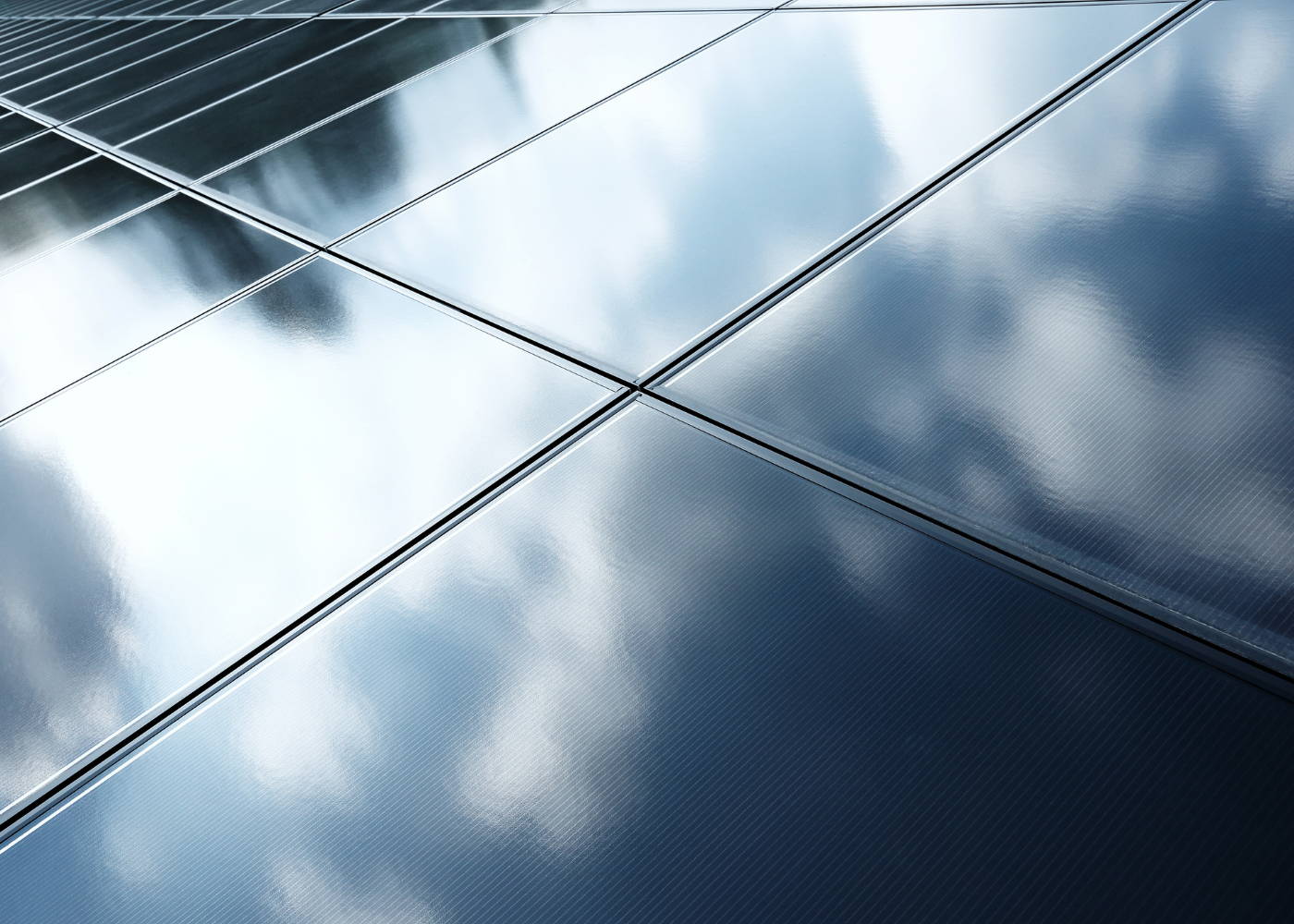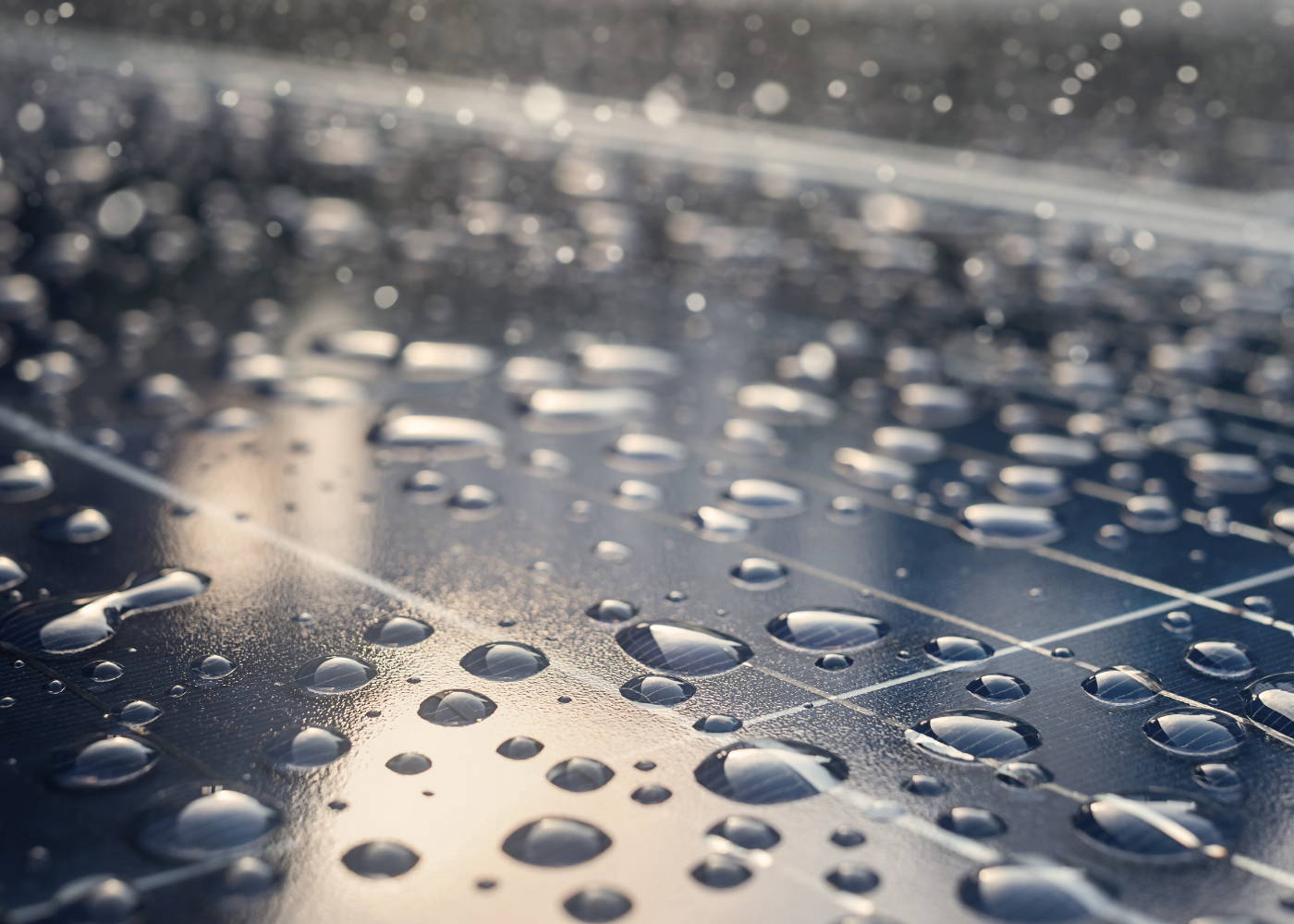How Well Do Solar Panels Work During Storms or Cloudy Weather?
Estimated Reading Time: 3 minutes
Residential solar panels offer a cost-effective and environmentally-friendly solution for generating electricity.
However, one of the concerns that homeowners may have when it comes to solar panels is their performance when the sun isn't out–this past winter has set a record high for precipitation in many areas throughout the western United States, and rainy weather leads to less direct sun exposure.
This article will discuss how a solar system fares in cloudy, snowy, and rainy weather, as well as recommend equipment for low-light conditions.
Cloudy or Low-Light Conditions
It’s no secret that solar panels produce less when there’s an abundance of clouds in the sky, and it makes logical sense: clouds block and reflect sunlight, reducing the amount of light that can reach solar panels.
However, clouds rarely block out all sunlight, so it's not as if the panels stop working altogether. On cloudy days, solar panels typically produce about 10 to 25% of their rated capacity.
One way to improve solar panel performance in darker conditions is to install bifacial panels, like the ones we source here at Project Solar: Q-Cells’ Q-PEAK DUO modules.
These panels have solar cells on both sides, which allows them to generate electricity from light that is reflected off the ground or nearby surfaces. This means that bifacial panels can generate more electricity than traditional solar panels, which is particularly beneficial in cloudy weather.

Snow
Snow can also impact solar panel performance, as it can cover the panels and prevent sunlight from reaching them.
However, in most cases, snow will slide off the panels relatively quickly due to the panels' smooth surface and the heat they generate. Waiting it out is almost always the safest option to remove snow from your system.
However, in the event of very large snowstorms, it may be necessary to remove snow from the panels–some homeowners use a roof rake, which can help pull snow off solar panels from down on the ground.
Rain and Thunderstorms
Solar panels include electrical components, but these are encased in glass, making them virtually waterproof. However, this glass coating doesn’t extend to your roof faces, so it’s important to make sure your panel racking is secured, sealed, and waterproofed as well as possible.
Project Solar offers a workmanship warranty of 10 years, which will warranty your roof against leaks or other issues that could arise.
In addition, most inverter manufacturers recommend that homeowners install additional surge protection to protect their systems from lightning strikes. Inverters commonly include some surge protection, but not on the scale of a lightning strike.
Installing a surge protector can prevent damage to the panels and other components of the solar panel system. Work with a local electrician to determine what’s right for your situation.

The Bottom Line
While solar panels do generate less electricity on cloudy days, they can still produce a significant amount of power. By choosing bifacial panels and ensuring proper protection and maintenance, homeowners can maximize the performance and longevity of their systems.
When considering a solar installation, weather patterns can play a big role in the quality of your investment. At Project Solar, we use design software that takes into account the average weather patterns in your area.
This allows us to provide you with the most accurate possible estimate of how much electricity your solar panels will generate throughout the year, taking into account factors like cloud cover, snow, and other weather conditions.